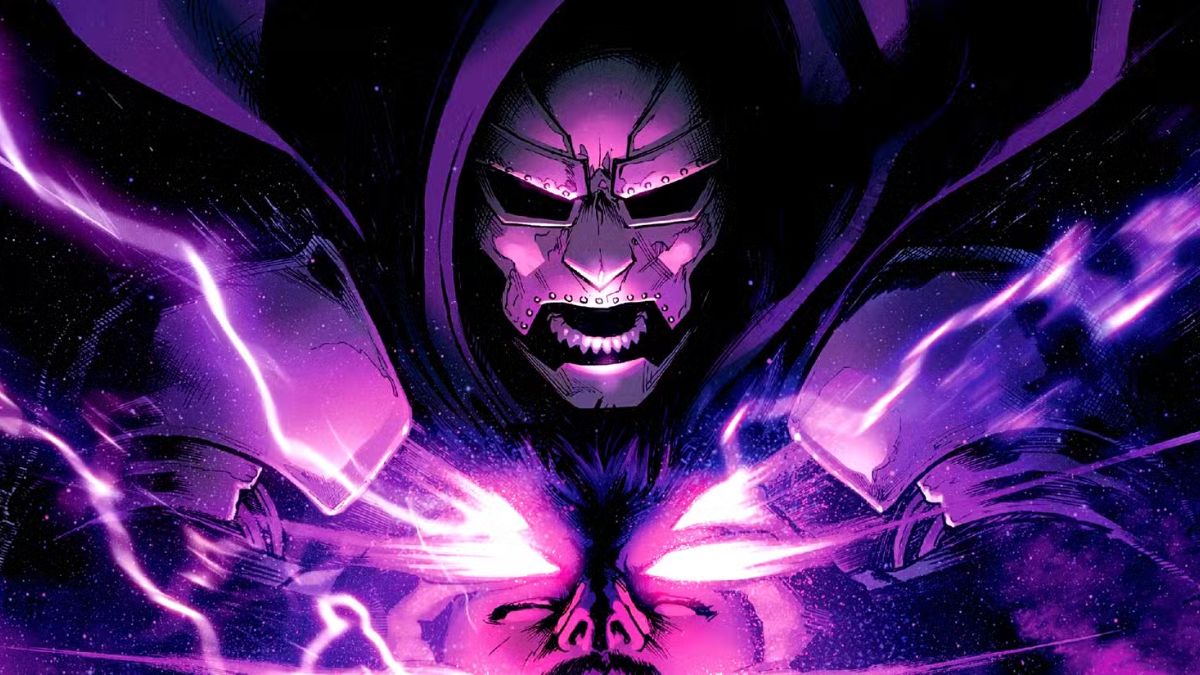
Advertisement
Doctor Doom’s official entrance into the Marvel Cinematic Universe has sparked renewed interest in the legendary villain, and one of Stan Lee’s boldest theories about him has resurfaced at the perfect time. Although Doom has long been considered one of Marvel’s greatest villains, Lee once made the surprising claim that Doctor Doom was never actually a criminal, and the logic behind this idea is more relevant than ever now that Doom’s role in the MCU has begun to unfold.
Doctor Doom made his MCU debut in the post-credit scene of Fantastic Four: First Steps, which shows him in conversation with Franklin four years after the movie’s main events. While his face isn’t shown, his signature green cloak and the mask in his hand make it clear who he is. The scene has generated excitement, and fans have already started theorising about what his presence means for the future. Among those theories is one from Stan Lee himself, which takes a completely different view of Doom’s morality.
In Stan Lee’s Amazing Marvel Universe (2006), Lee discussed his top Marvel moments and shared personal opinions about many characters. When it came to Doctor Doom, who first appeared in The Fantastic Four #5 in 1962, Lee argued that Doom is not a criminal. While this might sound strange at first, Lee’s reasoning is more logical than it seems. According to him, Doom’s ultimate goal, ruling the world, is not a crime in itself. As Lee jokingly pointed out, a person could be fined for jaywalking, but simply saying they want to rule the world isn’t something the police can arrest you for.
Lee explained that while Doom may have been the Fantastic Four’s greatest enemy, he didn’t see him as a criminal because ambition alone isn’t illegal. Wanting to control the world doesn’t break any laws, and although Doom has committed many crimes along the way, it’s not his goal that makes him a villain. This subtle distinction between villainy and criminality is what makes Lee’s argument so interesting. It challenges the idea that all villains are criminals and shows how Doom’s unique position in Marvel’s world gives him a different kind of power.
This theory also helps explain why Doctor Doom is rarely punished or imprisoned in the comics. As the leader of Latveria, he often operates under diplomatic immunity and is treated more like a political figure than a criminal. Add to that his unmatched intelligence and magical powers, and it’s easy to see why he escapes traditional justice. Lee’s take adds another layer: perhaps he doesn’t face consequences because, legally speaking, his central ambition isn’t even a crime.
Marvel’s recent comic event, One World Under Doom, supports this idea. In this storyline, Doom becomes the Sorcerer Supreme and uses his power to reshape the world’s order. Even though he seizes control, he does so in a way that many people accept, making it difficult for heroes to oppose him without looking like they are against peace. The story shows that Doom’s strength lies not just in his abilities but in how he plays the system.
While Doom has undeniably committed serious crimes over his decades-long history, ranging from violence to manipulation. His desire to rule the world is not illegal. And that’s what makes him such a fascinating and dangerous character. He isn’t just a villain because he breaks the law; he’s a villain because he redefines what power and justice look like in his world.
Stan Lee’s perspective offers a fresh way to understand Doctor Doom. It shows that sometimes, the most dangerous threats don’t come from obvious criminals but from people whose goals are too big to be contained by simple definitions of right and wrong. As Doctor Doom begins his journey in the MCU, this deeper understanding of his character may be more important than ever.
